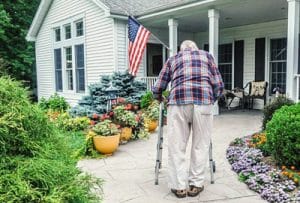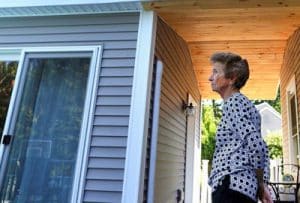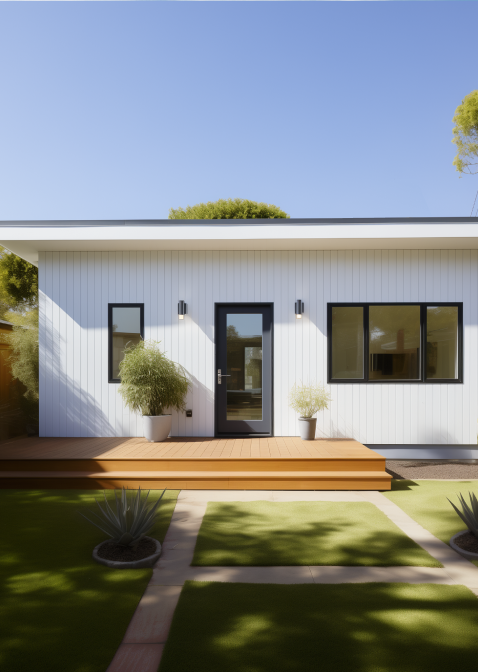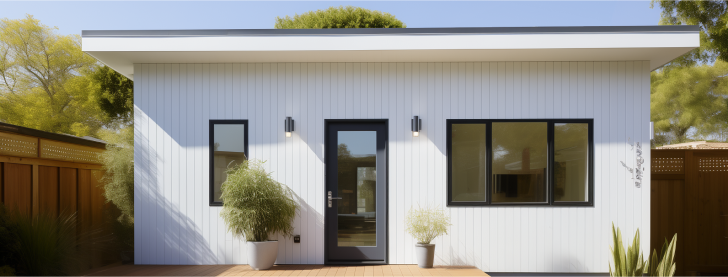As we progress through life’s journey, the desire to reside in a comfortable, secure, and accessible home becomes increasingly important. ADUs present an ideal solution for aging in place, providing an intimate living space that allows for independence while staying close to loved ones.

This article unveils inventive strategies and recommendations for creating an ADU that is both age-friendly and visually appealing, ensuring a tranquil and supportive environment for the golden years.

To begin, assess the needs and preferences of the individual or individuals who will inhabit the ADU. Consider their current and anticipated physical abilities, as well as their hobbies and lifestyle preferences. Design the space around these requirements, ensuring that the ADU caters to their unique needs while promoting a sense of belonging and autonomy. Incorporate ample natural light, create an open floor plan to facilitate movement, and include a private outdoor area for relaxation and leisure activities.
One of the essential factors in designing an ADU for aging in place is the ease of navigation. Incorporate wide doorways, hallways, and open spaces that can accommodate wheelchairs or walkers. Opt for lever-style door handles that are easier to grasp and include pocket doors, which require less effort to operate than traditional doors.
Additionally, consider integrating an adjustable height or platform bed that can be raised or lowered as needed, providing a personalized sleeping arrangement for optimum comfort.
Integrating technology into the ADU design can greatly enhance the quality of life for aging occupants. Consider incorporating features such as voice-activated lighting, automated window coverings, and smart thermostats that can be controlled remotely or via voice commands. Additionally, include ample outlets and charging stations for devices, as well as a robust Wi-Fi connection to enable video calls, entertainment, and telehealth appointments.
An age-friendly ADU requires a well-lit environment to ensure safety and comfort. Include ample natural light by incorporating large windows and skylights, as well as layered artificial lighting for evenings and overcast days.
An ADU designed for aging in place should be more than just functional; it should also be
a reflection of the occupant’s personality and preferences. Personalize the space by incorporating elements that evoke warmth, comfort, and a sense of belonging. Choose colors, textures, and materials that resonate with the individual’s tastes, and consider including artwork, photographs, and mementos that hold personal significance.
To foster a sense of belonging, ensure that the ADU design harmonizes with the primary residence and the surrounding environment.
Design the ADU to encourage interaction with loved ones, neighbors, and friends by incorporating shared outdoor spaces such as patios, gardens, or seating areas. Ensure that the ADU is easily accessible from the primary residence, and consider including features that promote intergenerational bonding, such as a shared garden or a playground for visiting grandchildren.
Sustainable living is not only beneficial for the environment but also promotes a healthier lifestyle for aging individuals. Incorporate energy-efficient appliances, insulation, and windows to minimize energy consumption and reduce utility bills. Opt for low-maintenance and drought-tolerant landscaping to conserve water and minimize yard work.
Additionally, consider including rainwater harvesting systems, solar panels, or green roofs to further contribute to a sustainable and eco-friendly ADU.

In the realm of ADU design, certain groups may encounter challenges that hinder their ability to create a functional and visually appealing living space.
These categories of individuals include:
Dangers of Incompetent ADU Design: What might go wrong?
When the categories of people mentioned embark on designing an ADU, they may encounter issues such as:
How to be Smart about Designing an ADU?
Designing an ADU for aging in place requires a multifaceted approach that encompasses functionality, accessibility, comfort, and personalization. By carefully considering the occupant’s needs and preferences, and integrating features that promote safety, a thoughtfully designed ADU can provide a nurturing and supportive environment for individuals to age gracefully.
With the golden blueprint in hand, an age-friendly ADU can become a cherished sanctuary for seniors, fostering a sense of belonging, independence, and well-being throughout the golden years.











